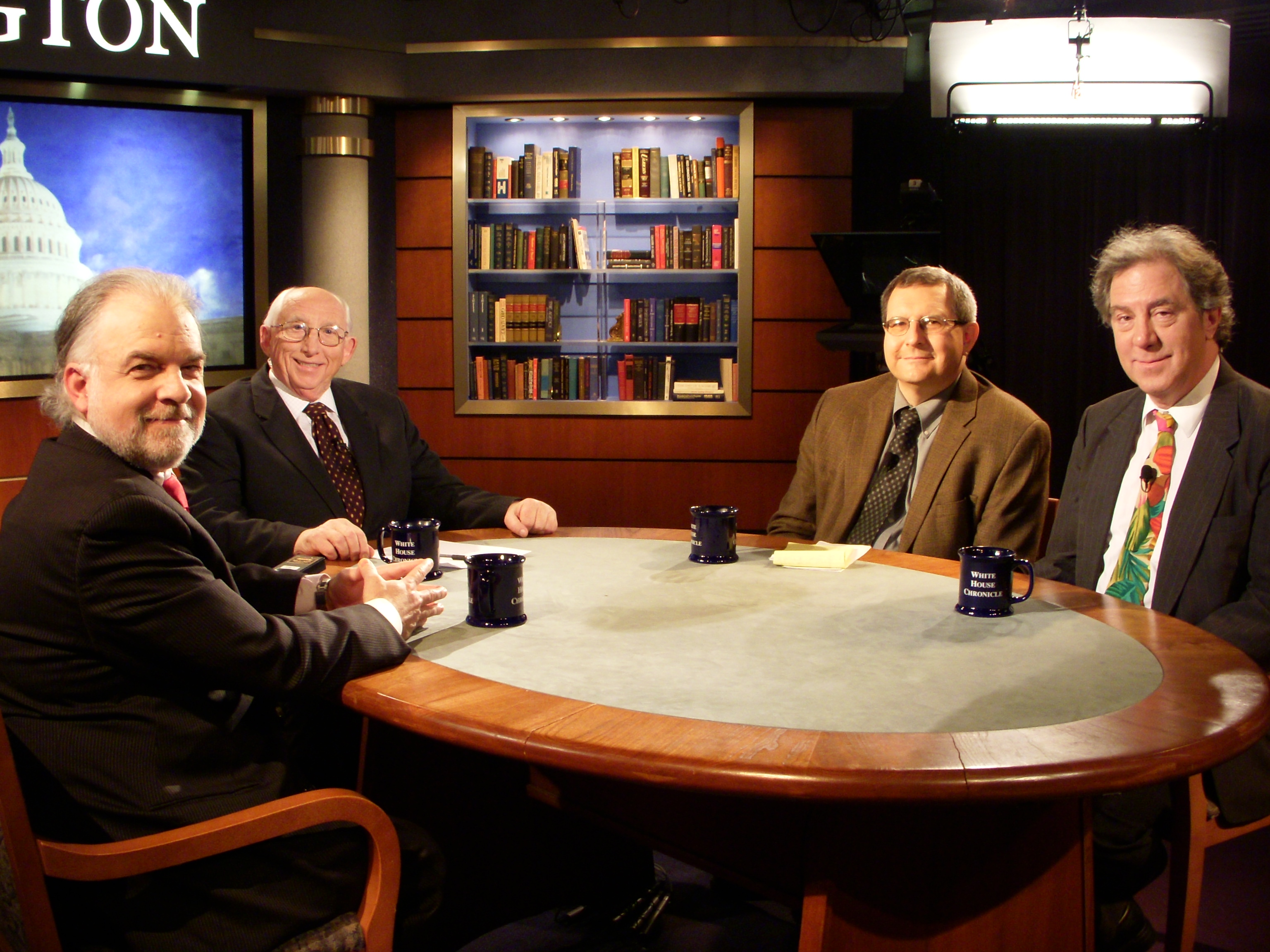The late, great senator from New York Daniel Patrick Moynihan used to lament that Americans had lost the courage for big projects like the one he championed for the lower West Side of Manhattan, Westway. He wondered what had happened to the civic courage that allowed the building of the Erie Canal, the Hoover Dam (a giant jobs project), the transcontinental railroads and the Interstate Highway System.
And his lament was when we could still afford to build big things.
Civic timorousness has now been joined by fiscal constraint. New Jersey Gov. Chris Christie has canceled a project to build a much-needed new tunnel from his state into Manhattan. A station on a new subway line between Dulles Airport in Virginia and Washington, D.C. hangs in the balance, as local jurisdictions throw up their hands at the cost. The issue is whether a less-costly station above ground should replace a planned, underground station in the airport terminal. High speed rail was rejected in Florida ostensibly over cost fears.
But it is the lack of big projects, in a time of financial crisis, that are beginning to threaten the competitiveness of America’s future.
Our infrastructure — once the envy of the world — is in deplorable shape, and declining faster than it is being rejuvenated: airports, bridges, canals, passenger rail, ports, roads, sewage and water systems are all falling apart.
In short, America seems broken. And those things that are not yet broken, like the air traffic control system and the electric grid, are showing signs of mortal strain.
An additional blow to infrastructure has been the zeal of Congress in getting rid of earmarks; a funding device that, at its best, when done openly, directed some miniscule parts of the federal budget to places where the infrastructure was strained to breaking, or simply did not exist.
Because it was abused in the middle of the night, with dollars going to dubious projects and firms, Congress has, to quote Sen. John Kerry (D –Mass,) “thrown the baby out with the bathwater.”
Against this background of impotence, brought on by budget paralysis, there is a stirring in Washington among academics, some politicians (particularly Kerry and Sen. Kay Bailey Hutchison (R-Tex.) who have introduced a bill), the think-tanks, the craft unions and the columnists — in short, the establishment — that there should be an infrastructure bank, a public-private partnership bank, devoted to the long-term (up to 45 years) financing of infrastructure projects.
The idea, as espoused by panelists at a recent meeting on Capitol Hill, representing interests from the construction contractors, financiers like The Carlyle Group, to the AFL-CIO, is that the bank would make direct loans, guarantee private-sector loans, and verify the creditworthiness of projects that could be financed by the private sector on favorable terms with guarantees from the bank against default. Robert Dove of The Carlyle Group beamed when he described a model project of public-private cooperation along highways in Connecticut.
Although it is very unpopular to say in Washington that anything in Europe works, the model for an American bank might well be the highly successful European Investment Bank with a nod to the Export-Import Bank of the United States, a successful public-private financial partnership.
Whether the bank is the institution proposed by Kerry and Hutchison, talk of an infrastructure bank that would create jobs and help reverse years of infrastructure decay will be coming to a town hall near you soon.
The concept of “infrastructure” is vague, but the word “jobs” is a powerful political opiate. And there are plenty of sound-bite-friendly statistics, such as one from the American Society of Civil Engineers that says that it will take $2 trillion over five years to restore the U.S. infrastructure, or that we spend less than 2 percent of our Gross Domestic Product on fixing up the country while China is spending 9 percent.
No wonder Kerry gets misty-eyed when he talks about the shame he feels at riding the fastest train in the world in China or of sliding from London to Paris in two hours and 15 minutes with his cell phone and computer plugged in.
— For the Hearst-New York Times Syndicate

 Follow
Follow
Leave a Reply